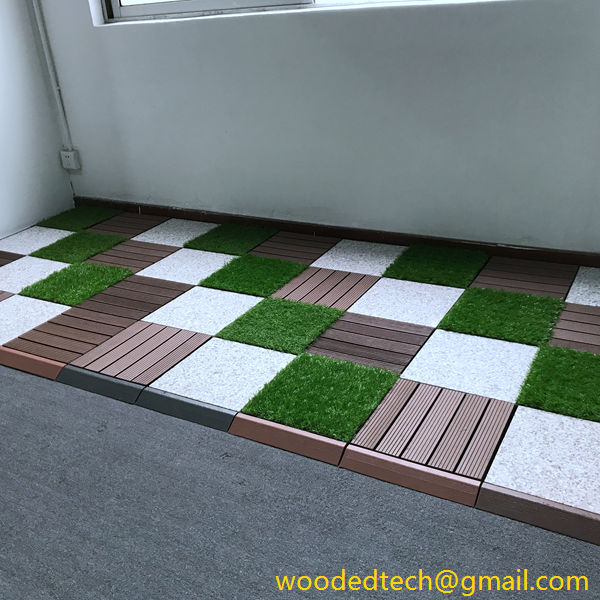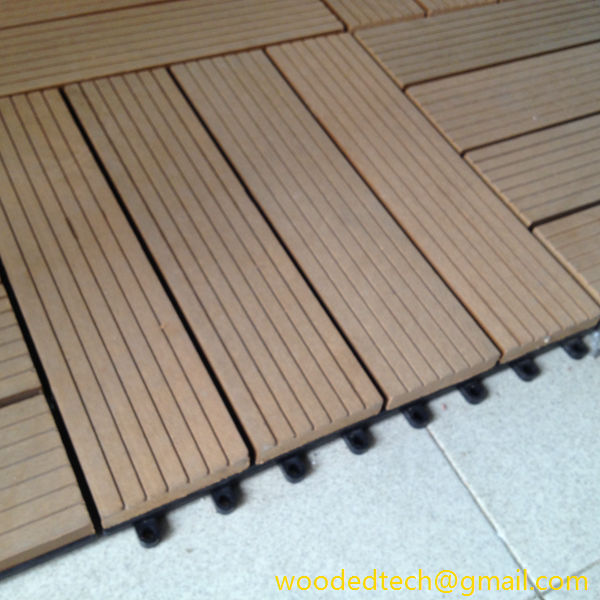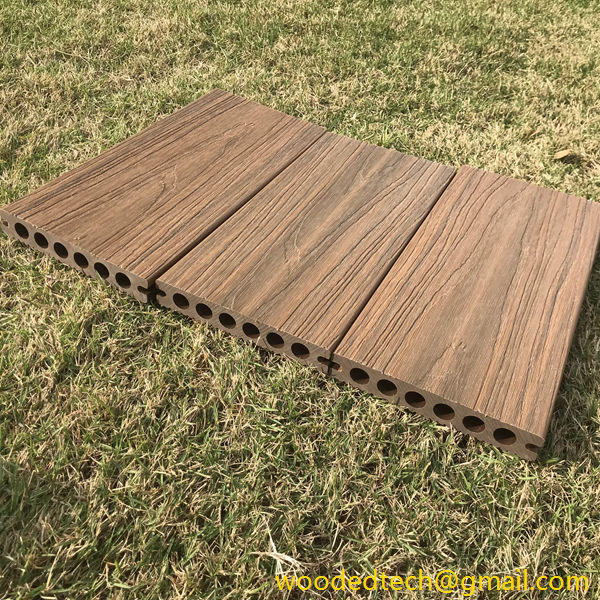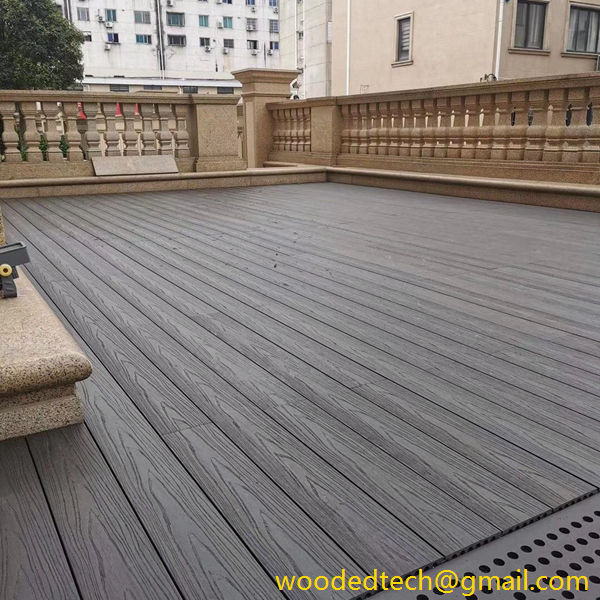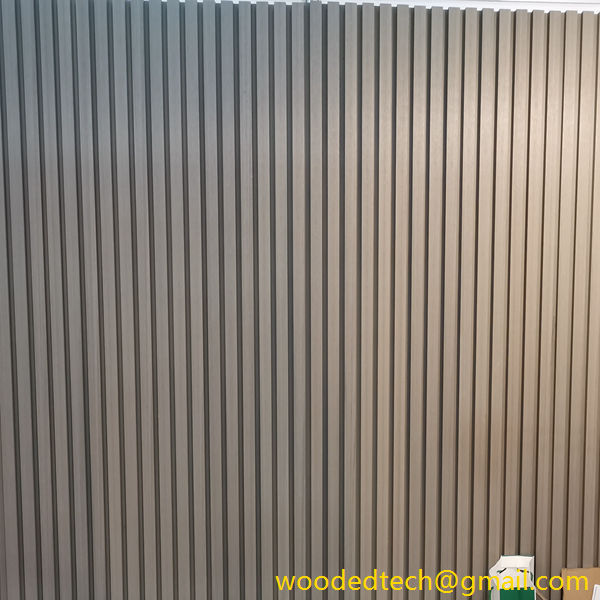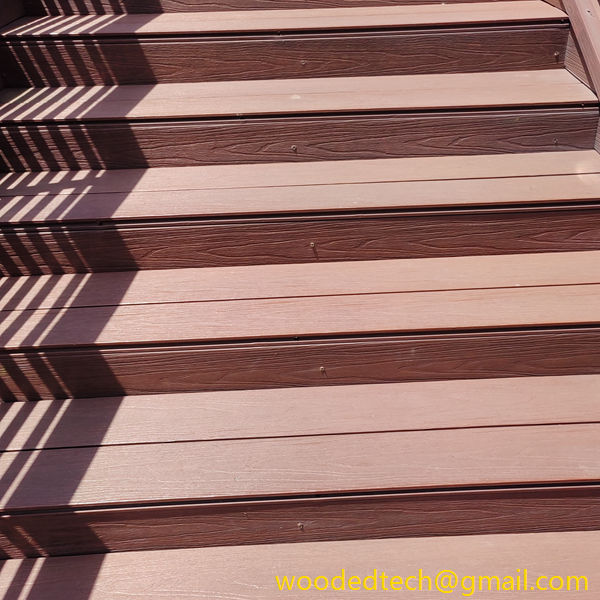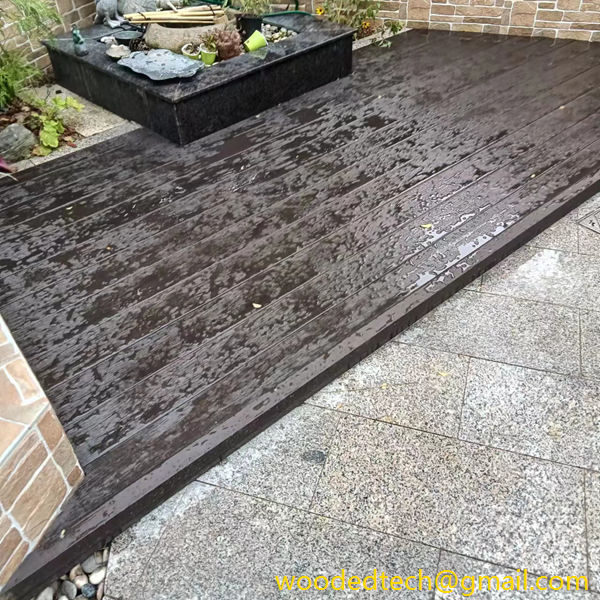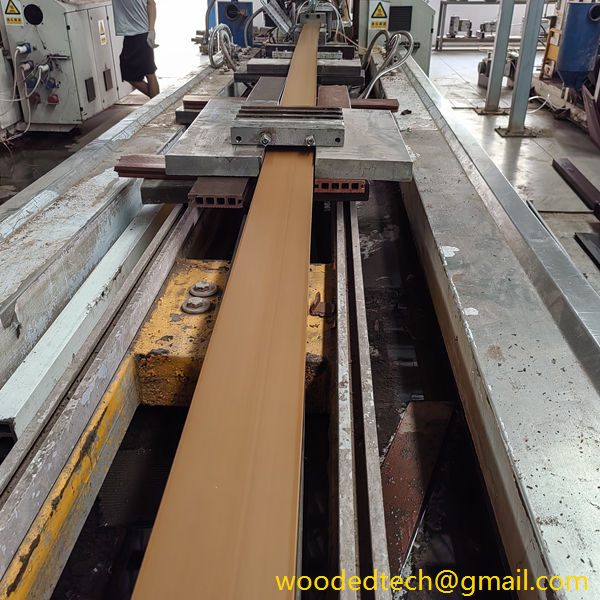How to Install Square Edge Capped Composite Decking Board: Instructions for Installing Square Edge Capped Boards
How to Install Square Edge Capped Composite Decking Board: Instructions for Installing Square Edge Capped Boards Installing square edge capped composite decking boards can enhance the beauty and functionality of your outdoor space while providing a durable and low-maintenance surface. Capped composite decking combines the strength of wood with the resilience of synthetic materials, making…
How to Install Square Edge Capped Composite Decking Board: Instructions for Installing Square Edge Capped Boards
Installing square edge capped composite decking boards can enhance the beauty and functionality of your outdoor space while providing a durable and low-maintenance surface. Capped composite decking combines the strength of wood with the resilience of synthetic materials, making it an excellent choice for homeowners and contractors alike. This guide will walk you through the step-by-step process of installing square edge capped composite decking, ensuring excellent material performance and a long-lasting finish.
Before you begin the installation, gather all the necessary tools and materials. You will need square edge capped composite decking boards, composite deck screws, a drill, a saw (preferably a miter saw), a measuring tape, a level, a chalk line, and safety gear such as gloves and goggles. It is essential to follow the manufacturer’s instructions for specific requirements related to the product you have chosen, as different brands may have unique recommendations.
The first step in the installation process is to prepare the area where the decking will be installed. Clear the space of any debris, vegetation, or old decking materials. If you are building a new deck, ensure that the ground is level and that you have the proper framing in place. The substructure should consist of pressure-treated lumber or an equivalent material that can withstand the elements. Make sure to install the joists at the appropriate spacing, typically 16 inches on center, to provide adequate support for the decking boards.
Once the substructure is ready, begin by laying out the first row of square edge capped composite decking boards. Use a measuring tape to determine the length you need, and mark it on the board with a pencil. Use a miter saw to cut the boards to the desired length. When cutting the boards, aim for a straight edge to ensure a snug fit against the framing. It is advisable to cut all boards in advance to streamline the installation process.
Next, position the first board on the frame. Ensure that it is aligned correctly and level before securing it in place. Use a level to confirm that the board is straight and adjust as necessary. Once you are satisfied with its position, secure the board to the joists using composite deck screws. When installing the screws, place them approximately two inches from the ends of the board and spaced every 12 to 16 inches along the length of the board. This spacing will prevent warping and ensure a stable installation.
Continue this process with the subsequent boards, making sure to leave a small gap between each board to allow for expansion and contraction due to temperature changes. Typically, a gap of 1/4 inch is sufficient. Use spacers to maintain consistent spacing as you work your way across the deck. The gap will help ensure excellent material performance by allowing the decking to move naturally without causing buckling or warping.
When you reach the end of a row, you may need to cut the last board to fit. Measure the remaining space accurately, mark the board, and cut it with your miter saw. Once cut, secure the board in place with composite deck screws, just as you did with the previous boards. If you have to join two boards at the end of a row, use a hidden fastener system if your decking manufacturer allows it. This method provides a clean finish without visible screw heads, enhancing the overall aesthetics of your deck.
As you install the boards, take regular breaks to step back and assess your work. This practice will help you identify any misalignments or issues early on, allowing you to make corrections before proceeding further. Once all the boards are installed, inspect the deck for any protruding screws or rough edges. Use a countersink bit to ensure that all screws are flush with the surface of the boards. This step will prevent tripping hazards and ensure a smooth finish.
After completing the installation, it is essential to clean the deck surface to remove any debris or dust that may have accumulated during the process. A gentle soap and water solution can be used to wipe down the surface. Allow the deck to dry completely before placing any furniture or using it for outdoor activities.
Finally, consider applying a protective sealant or stain to enhance the color and longevity of your capped composite decking boards. While many capped composite products are designed to resist fading and staining, an additional layer of protection can provide peace of mind and enhance the overall appearance of your deck.
In conclusion, installing square edge capped composite decking boards requires careful planning, precise measurements, and attention to detail. By following these guidelines, you can create a beautiful and durable outdoor space that will provide enjoyment for years to come. The combination of excellent material performance and proper installation techniques will ensure that your deck withstands the elements, maintains its appearance, and serves as a welcoming space for family and friends. Happy decking!

